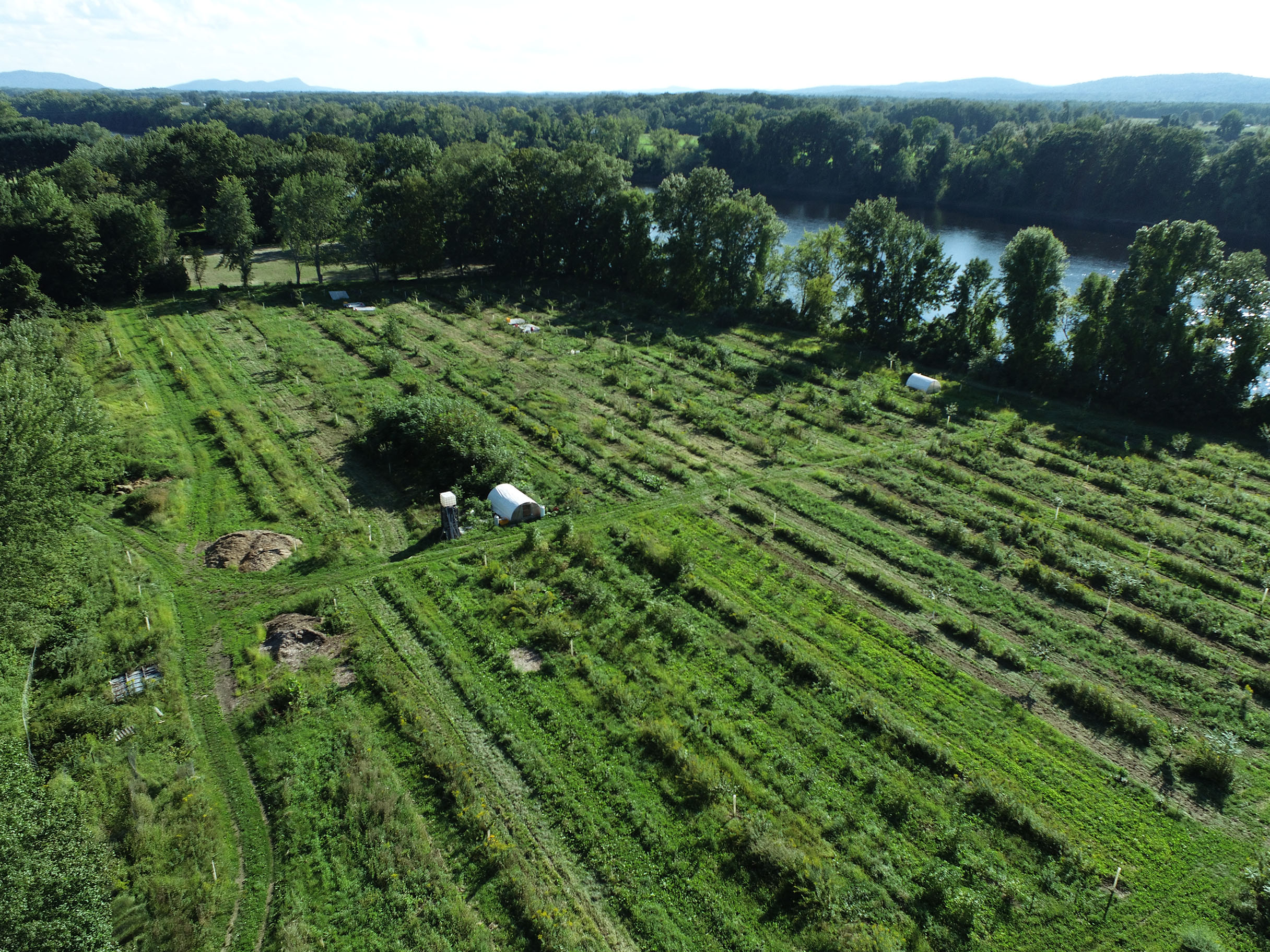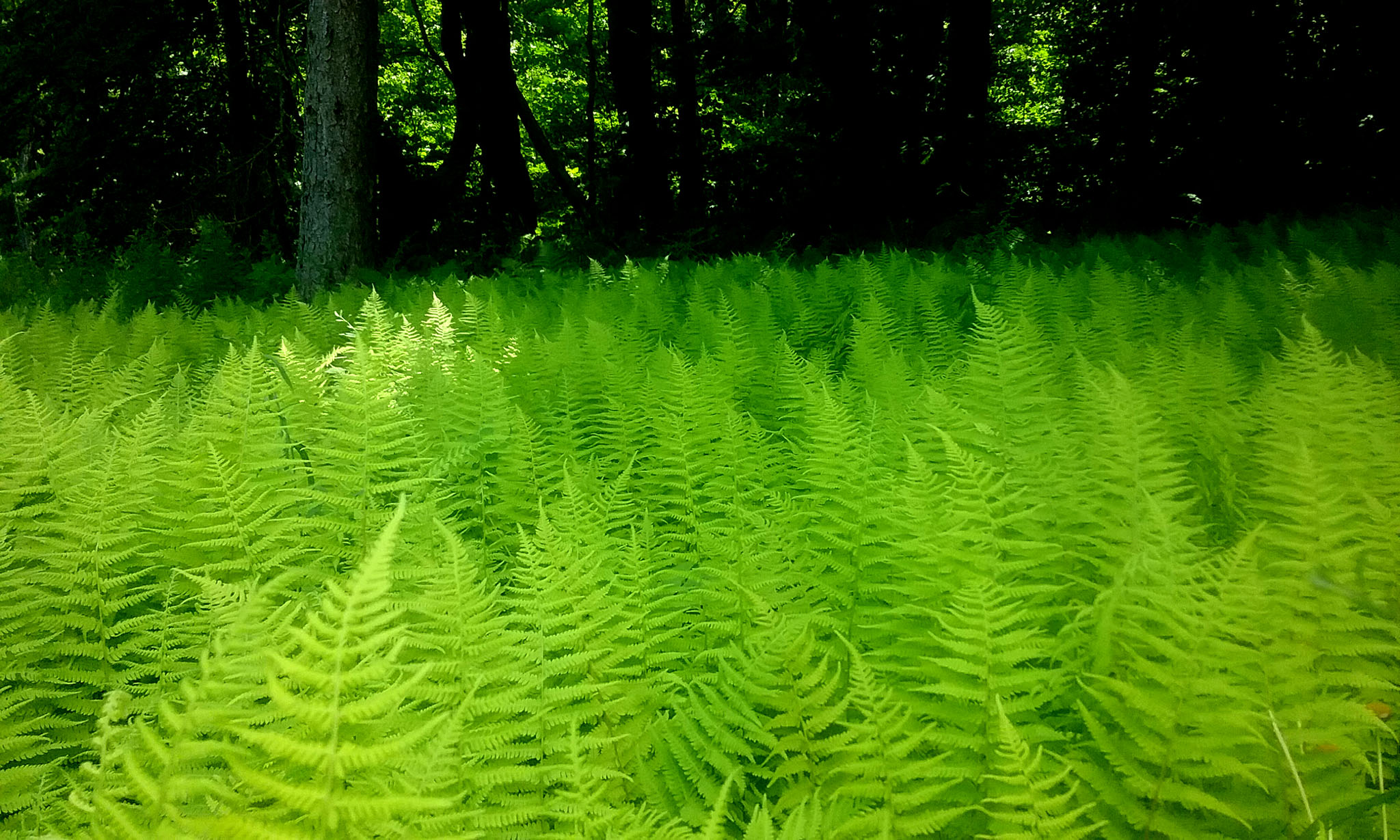Understanding Regenerative Landscape Design
What is Regenerative Landscape Design? We were interviewed by Mass Realty about this very thing! Below are some excerpts, and here’s a link to the full interview.
Tell us a little bit about your company and its foundation
Regenerative Design Group (RDG) was founded in 2009 by partners Jono Neiger, Keith Zaltzberg and Sebastian Gutwein. Their combined backgrounds and experience created a strong foundation for the business to provide a suite of regenerative landscape design/build services. We provide standard industry services, including Site Design, Master Planning, and Green Infrastructure, as well as services that other firms don’t offer, such as Food System Assessments, Agroecological Overlay, and Farm Planning and Design.
We envision human developments that restore, renew, and revitalize their own sources of energy and materials while supporting natural processes. Our approach aims to create resilient, evolving systems that integrate the needs of society with the integrity of nature.
What are some important questions to ask the landscape designer before beginning the designing process?
Before beginning the design process, it is critical to carefully assess whether the landscape designer is a good match for you and your project. The most important first questions should be self-reflexive, for instance, “What is my vision for the landscape and what am I hoping to do? What problems am I hoping to fix and what am I hoping to create?”
Then you can begin interviewing landscape designers to find out how they will help you realize your vision and goals. At that point, you will want to find out if their skills and expertise match the challenges and needs of your site, if they offer the services to get the job done, and if their overall approach is in alignment with how you wish to connect with your landscape.
Please discuss in brief the concept of “regenerative landscape design” and the most significant differences between this approach and conventional landscaping?
Sustainability has become an important selling point for many industries and markets around the world, encouraging firms to improve practices and innovate smarter ways of meeting demand. Concepts such as “ecological” or “sustainable” that have to do with stewardship of the earth and reducing negative impacts of human activities are recognized and embraced more widely now than ever. There is increasing awareness that alternatives to the norm, characterized by the “earthly-friendly” or “green” ethos, are desired by consumers concerned about the state of the planet.
Regenerative Design Group goes beyond the notion of sustainability. In addition to creating landscapes that serve practical purposes, our work aims to fortify the integrity of the landscape by rebuilding natural habitats and ecosystems.
For example, we design and build rain gardens that capture and infiltrate storm water runoff, add beauty and interest to the landscape, attract butterflies, birds and important insects, and reduce maintenance associated with lawn care. This may seem insignificant in the grand scheme of things, but rain gardens play a major role in safeguarding nearby streams and water bodies from erosion and pollution. Rain garden plants and flowers provide much needed habitat for a wide range of wildlife, especially migrating birds and insects, such as the monarch butterfly.
What are the most significant differences this concept has with the traditional landscaping design process?
The design process that we follow IS a traditional design process. Our designers were trained in professional, accredited programs in Landscape Design, Landscape Architecture, and Environmental Design. So, we are equipped with the traditional, professional skills and education required for the industry. The difference is that our process imbues the ethos of regeneration into our design work, which places value on long term sustainability and ecosystem integration.



This Post Has 0 Comments